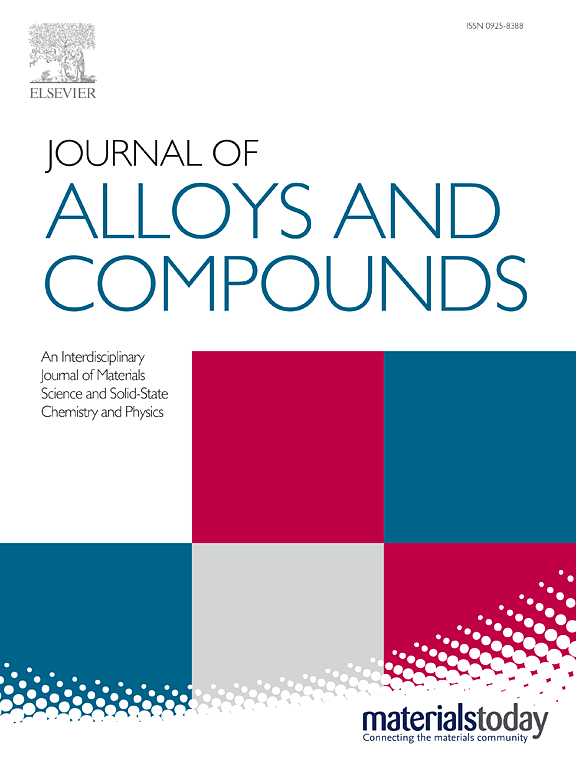Insights into the interfacial effects in heterostructured catalysts toward electrocatalytic oxygen evolution reaction
IF 5.8
2区 材料科学
Q2 CHEMISTRY, PHYSICAL
引用次数: 0
Abstract
The oxygen evolution reaction (OER) is a crucial process in electrochemical storage and conversion devices, including water electrolysis for hydrogen production, zinc-air batteries, and fuel cells. OER encompasses complex mechanisms involving four-electron transfer steps, multi-step proton coupling, and the formation of O=O covalent bonds, all of which require substantial energy for the electrocatalyst to facilitate the reaction. Transition metal-based heterostructured catalysts exhibit stable and efficient catalytic activity for OER, benefiting from abundant resources, structural diversity, and unique synergistic effects, lattice distortion, and built-in electric field (BIEF) effects. To emphasize the importance of interfacial effects in enhancing electrocatalytic OER, we summarize recent advancements in engineering heterostructured catalysts aimed at promoting this reaction, with a particular focus on the distinctive impacts of interfacial interfaces. Furthermore, we discuss various applications of heterostructured catalysts that improve OER electrocatalysis, along with the underlying structure-activity relationships. Finally, we address the challenges and future perspectives in this fascinating field to provide insights into the design of more efficient OER electrocatalysts.异质结构催化剂对电催化析氧反应界面效应的研究
析氧反应(OER)是电解制氢、锌空气电池和燃料电池等电化学存储和转化装置的关键过程。OER包含了复杂的机制,包括四电子转移步骤、多步骤质子耦合和O=O共价键的形成,所有这些都需要电催化剂的大量能量来促进反应。过渡金属基异质结构催化剂由于资源丰富、结构多样、独特的协同效应、晶格畸变效应和内建电场(BIEF)效应,具有稳定高效的OER催化活性。为了强调界面效应在提高电催化OER中的重要性,我们总结了旨在促进该反应的工程异质结构催化剂的最新进展,特别关注界面的独特影响。此外,我们讨论了改善OER电催化的异质结构催化剂的各种应用,以及潜在的构效关系。最后,我们讨论了这个迷人领域的挑战和未来前景,为设计更高效的OER电催化剂提供了见解。
本文章由计算机程序翻译,如有差异,请以英文原文为准。
求助全文
约1分钟内获得全文
求助全文
来源期刊

Journal of Alloys and Compounds
工程技术-材料科学:综合
CiteScore
11.10
自引率
14.50%
发文量
5146
审稿时长
67 days
期刊介绍:
The Journal of Alloys and Compounds is intended to serve as an international medium for the publication of work on solid materials comprising compounds as well as alloys. Its great strength lies in the diversity of discipline which it encompasses, drawing together results from materials science, solid-state chemistry and physics.
 求助内容:
求助内容: 应助结果提醒方式:
应助结果提醒方式:


